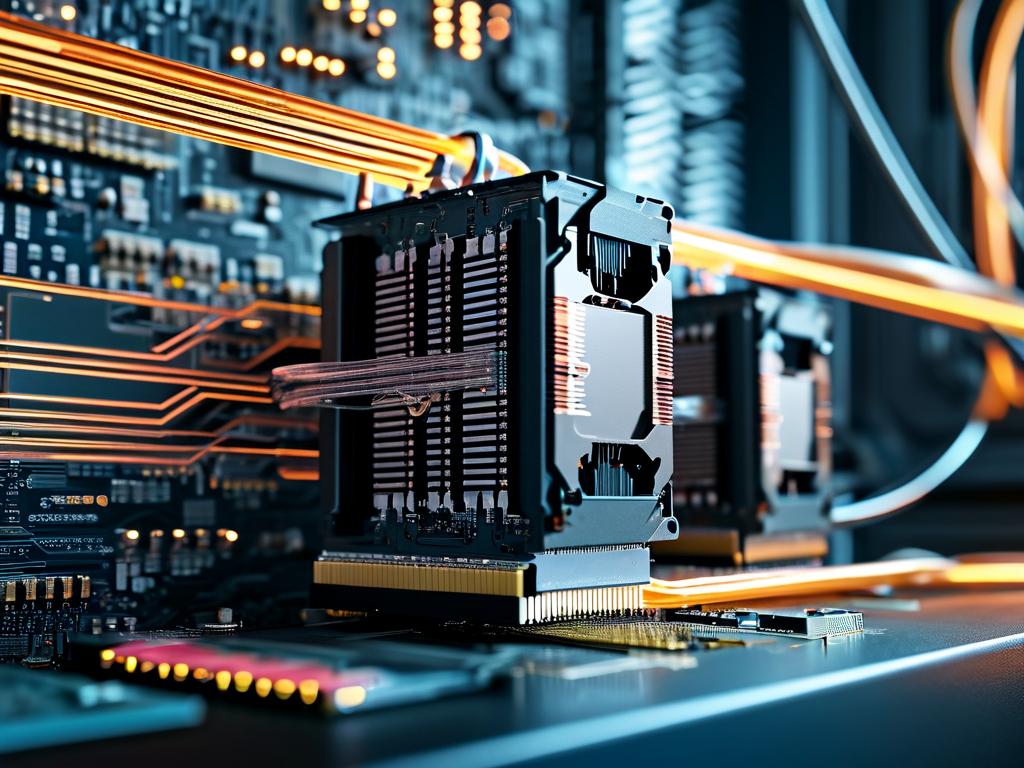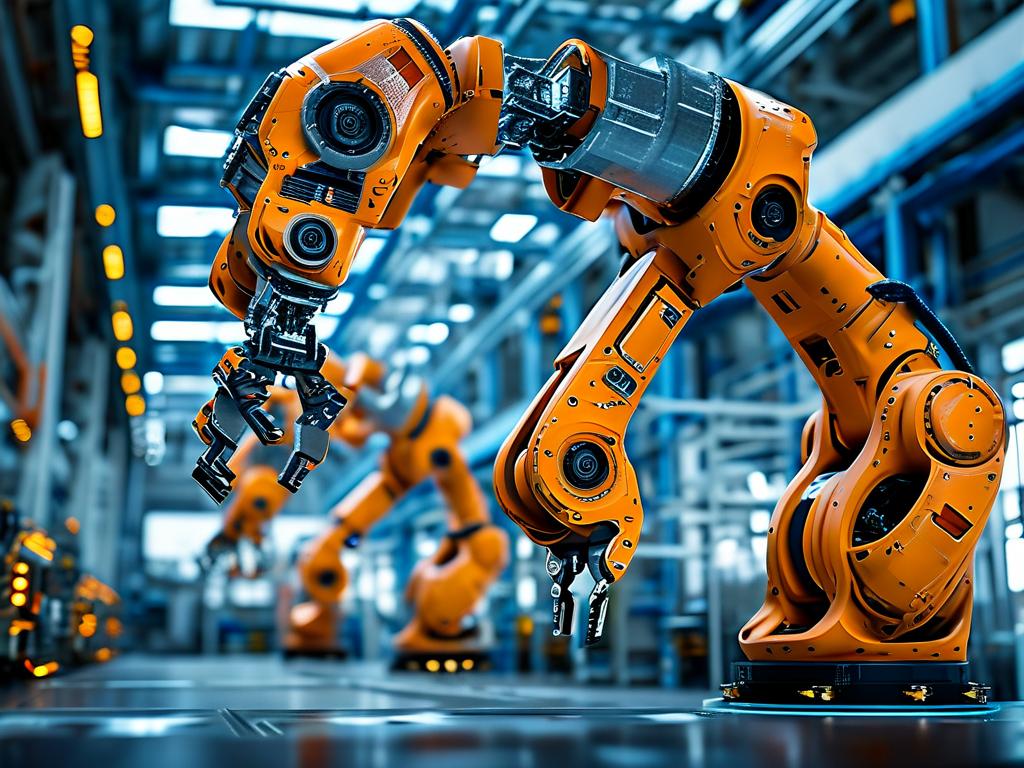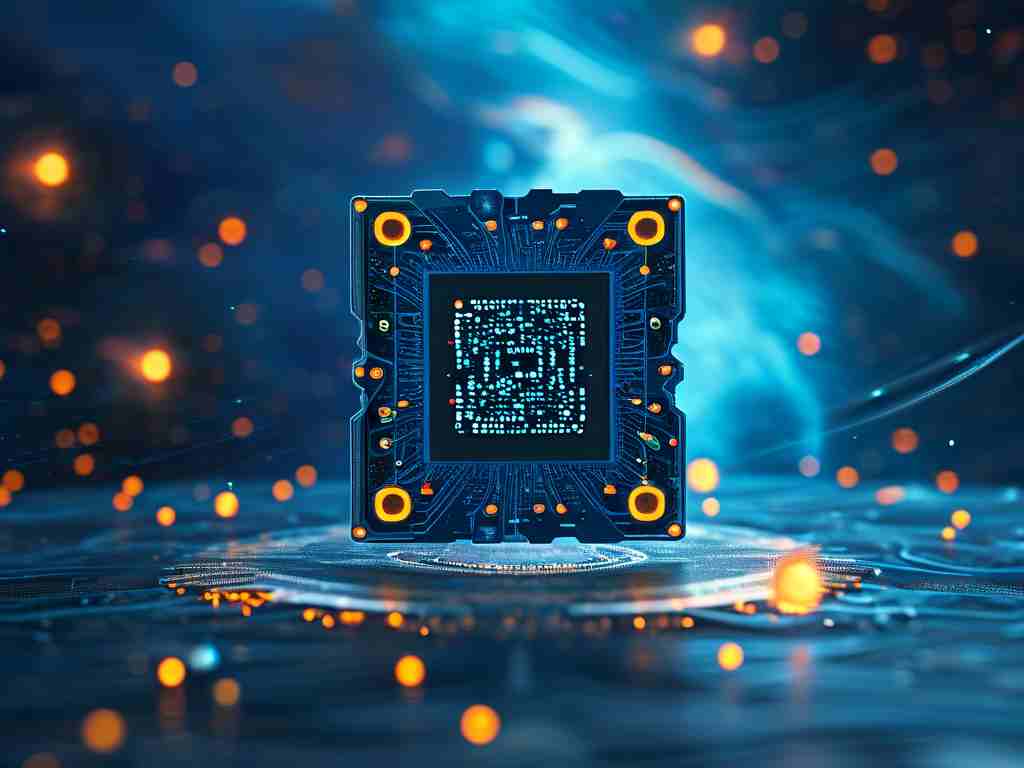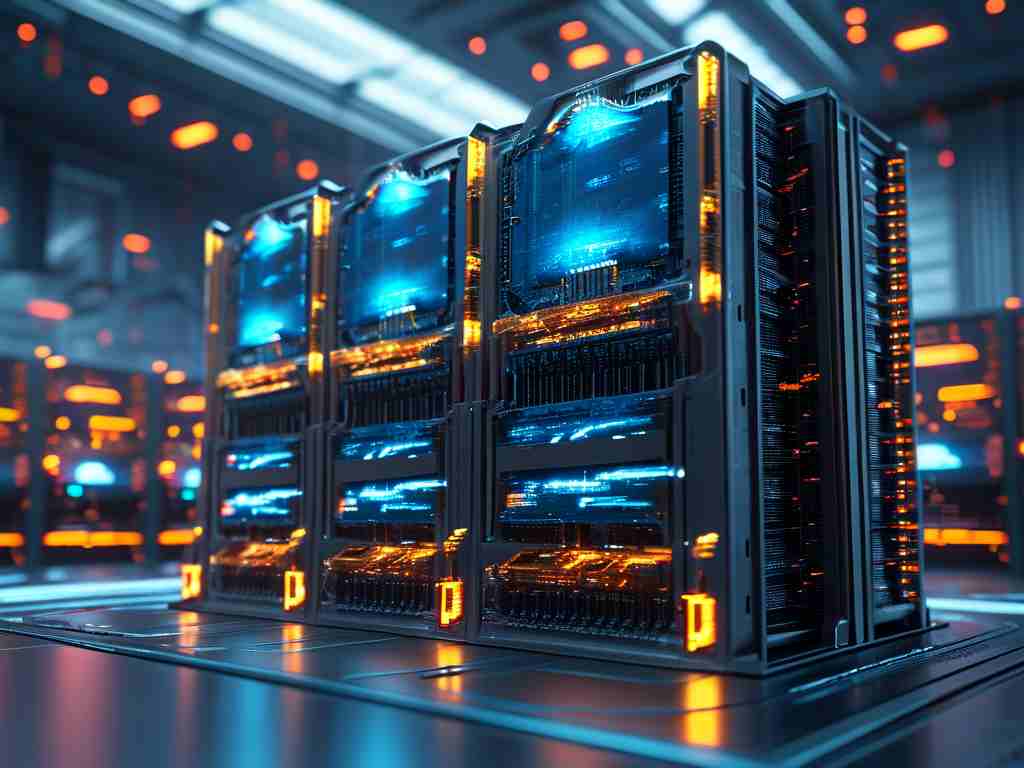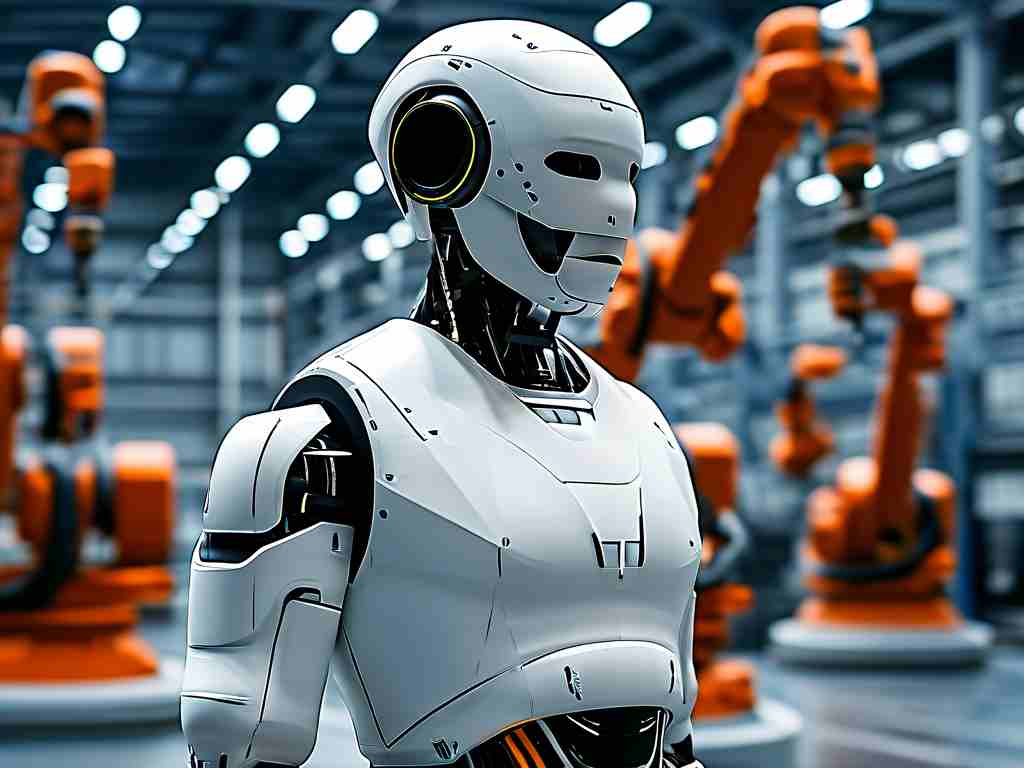In an era defined by exponential growth in data processing demands, the concept of "memoryless computers" has emerged as a radical reimagining of computational architecture. Unlike traditional systems reliant on volatile or non-volatile memory units, memoryless computers operate without dedicated storage components, challenging long-held assumptions about how machines process information. This paradigm shift could redefine efficiency, security, and scalability in computing, offering solutions to bottlenecks that have persisted since the dawn of the digital age.
The Von Neumann Bottleneck and Its Limitations
Modern computers predominantly follow the Von Neumann architecture, which separates processing units from memory storage. While effective, this design creates a fundamental limitation: the "Von Neumann bottleneck." Data must constantly shuttle between the CPU and memory, consuming time and energy while generating heat. As processors outpace memory speeds, this bottleneck worsens, particularly in artificial intelligence workloads and big data applications where latency matters. Memoryless architectures propose eliminating this physical separation entirely.
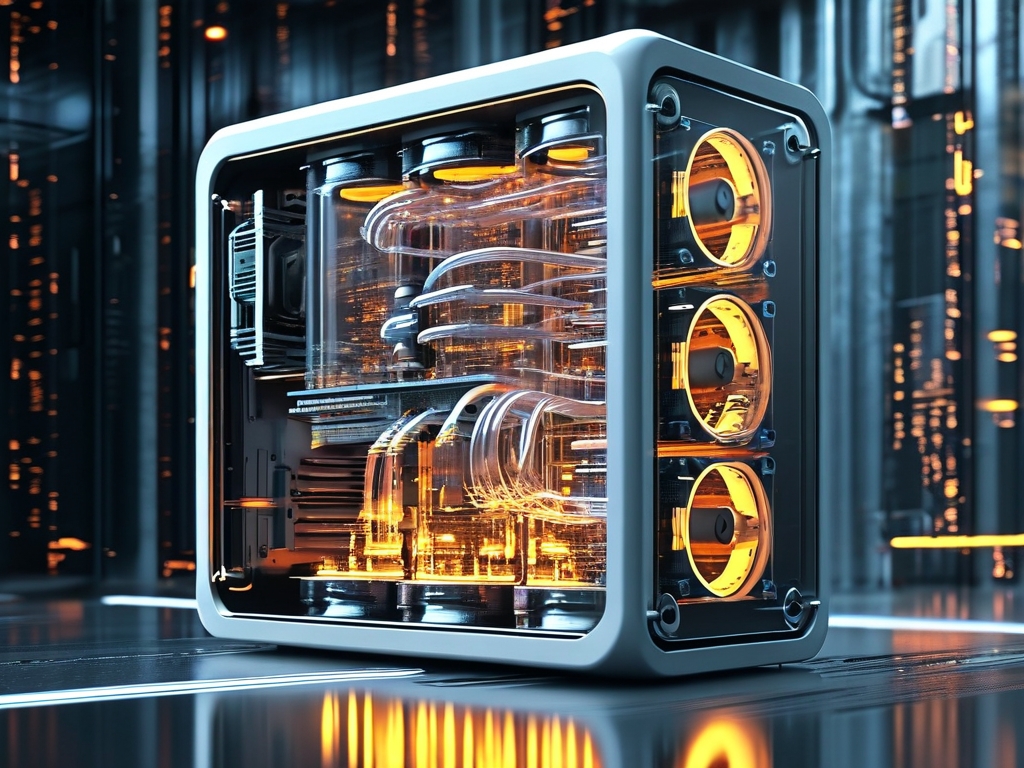
Principles of Memoryless Computation
At its core, memoryless computing integrates processing and storage functions at the transistor level. One approach involves "processing-in-memory" (PIM) chips where each memory cell gains computational capabilities. More radically, some designs eliminate persistent storage altogether, relying instead on dynamic, real-time data flows. For instance:
- Photonic Computing: Uses light pulses for instantaneous data transmission without interim storage.
- Quantum Flux Paradigms: Leverages superconducting circuits to process information through magnetic flux quanta.
- Neuromorphic Designs: Mimics biological neural networks, where "memory" exists as transient synaptic weight adjustments.
Advantages of Memoryless Systems
- Energy Efficiency: Removing memory hierarchies reduces power consumption by up to 40%, critical for edge computing and IoT devices.
- Latency Reduction: Instant processing eliminates delays caused by data transfers. IBM's analog AI chip demonstrated 100x faster image recognition by avoiding memory access.
- Security Enhancements: Without stored data, systems become inherently resistant to memory-based attacks like RAM scraping or cold boot exploits.
- Hardware Simplification: Fewer components mean smaller footprints, lower costs, and increased reliability for aerospace or medical applications.
Real-World Applications and Experiments
Several industries are piloting memoryless concepts:
- Autonomous Vehicles: Tesla's Dojo superprocessor uses a unified compute-memory fabric to train neural networks 1.3x faster.
- Healthcare: Implantable medical devices employing memoryless designs show 60% longer battery life in pacemaker prototypes.
- Quantum Computing: D-Wave's quantum annealers process information without conventional RAM, enabling faster optimization solutions.
Challenges and Limitations
Despite promise, significant hurdles remain:
- Algorithm Adaptation: Traditional programming models assume memory availability. New languages like TensorFlow PIM and Memristor-Centric C++ are being developed.
- Manufacturing Complexity: 3D-stacked PIM chips require advanced lithography, currently yielding 15% defect rates in lab settings.
- Volatility Concerns: Transient data handling demands flawless error correction. Intel's Loihi 2 neuromorphic chip uses 13 redundancy layers to ensure accuracy.
- Standardization Gaps: Absence of industry-wide protocols hampers interoperability, though the Memory-Driven Computing Consortium formed in 2023 aims to address this.
The Road Ahead
Hybrid systems may bridge the transition. Samsung's HBM-PIM, combining conventional memory with processing elements, already boosts AI inference speeds by 2.5x. Meanwhile, academic breakthroughs like Harvard's "MemComputing" framework mathematically prove memoryless systems can solve NP-hard problems polynomial time.
As materials science advances-particularly with 2D semiconductors and topological insulators-the physical realization of pure memoryless computers grows plausible. Industry analysts predict niche adoption by 2028, with full-scale disruption possible by 2040. This evolution could render today's data centers obsolete, ushering in an age where computation occurs as fluidly as biological cognition.
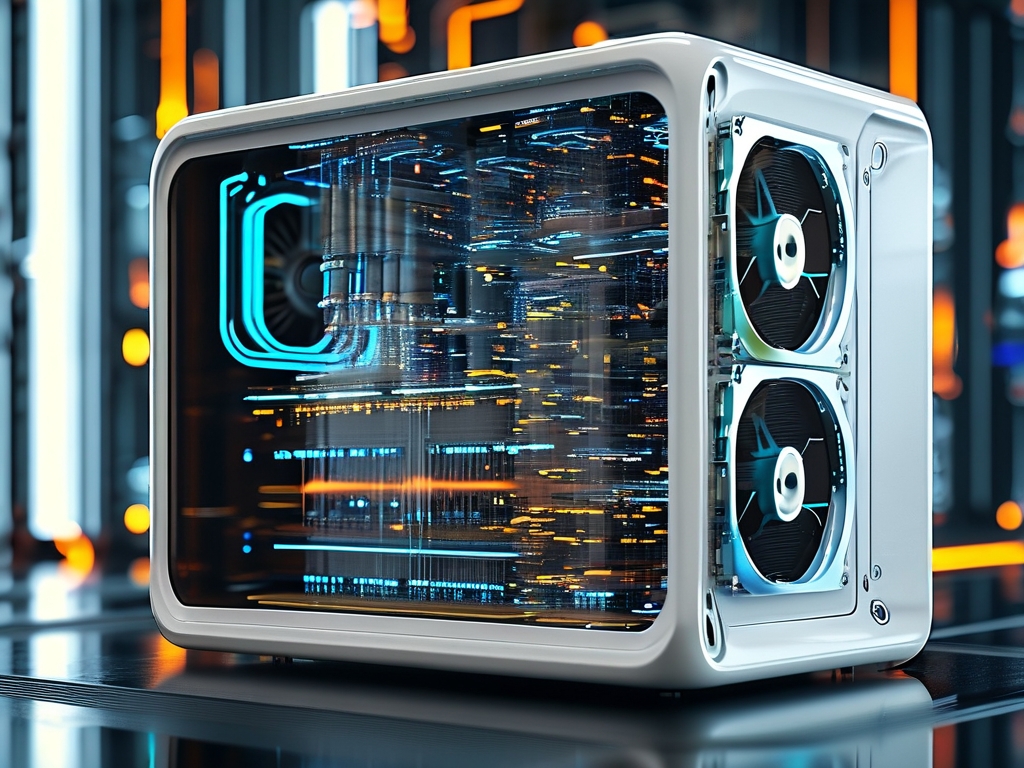
In , memoryless computing represents more than a technical optimization-it challenges our very definition of what a computer is. By dissolving the artificial boundary between thinking and remembering, this innovation may ultimately enable machines that process information with the seamless efficiency of a living brain.


